In recent years scientists have been surprised to find RNAs outside of their cellular comfort zone. A Yale study offers insight into what they’re doing there.
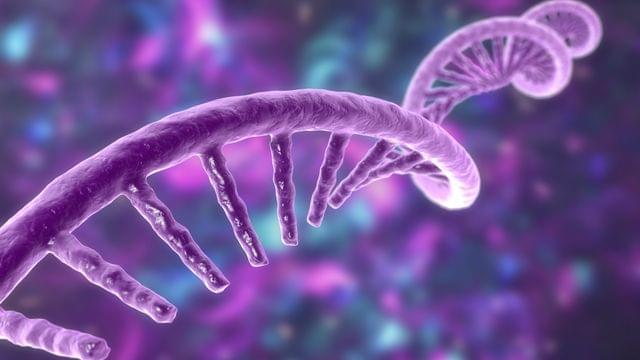

In-development space innovations from the private space industry include space cannons, modular space station units, and 3D-printed rockets.

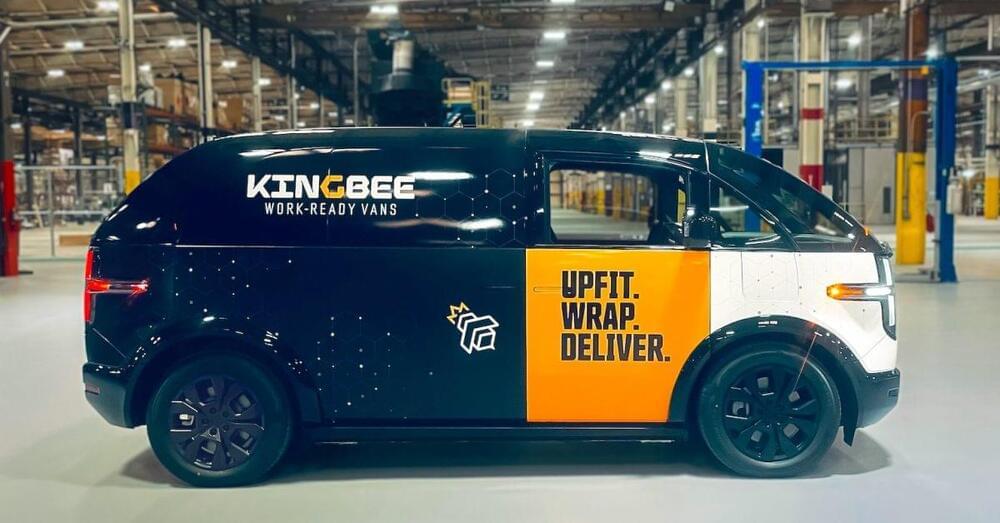
Walmart-backed EV startup Canoo has announced that deliveries of its all-electric commercial van have officially begun – and the first production Canoo LDV 130 vans are already hard at work.
The first batch of Canoo’s electric vans are reportedly in service now at Kingbee, a national work-ready van rental provider. The company says the delivery of vans to Kingbee is consistent with its previously announced “phased ramp-up manufacturing approach,” and asserts that additional customer deliveries will continue throughout 2024.
Canoo had previously delivered vehicles to NASA, the US military, and the State of Oklahoma (its home state) for testing. The vans delivered to Kingbee, however, seem to be the first that will be accessible to “the public.”
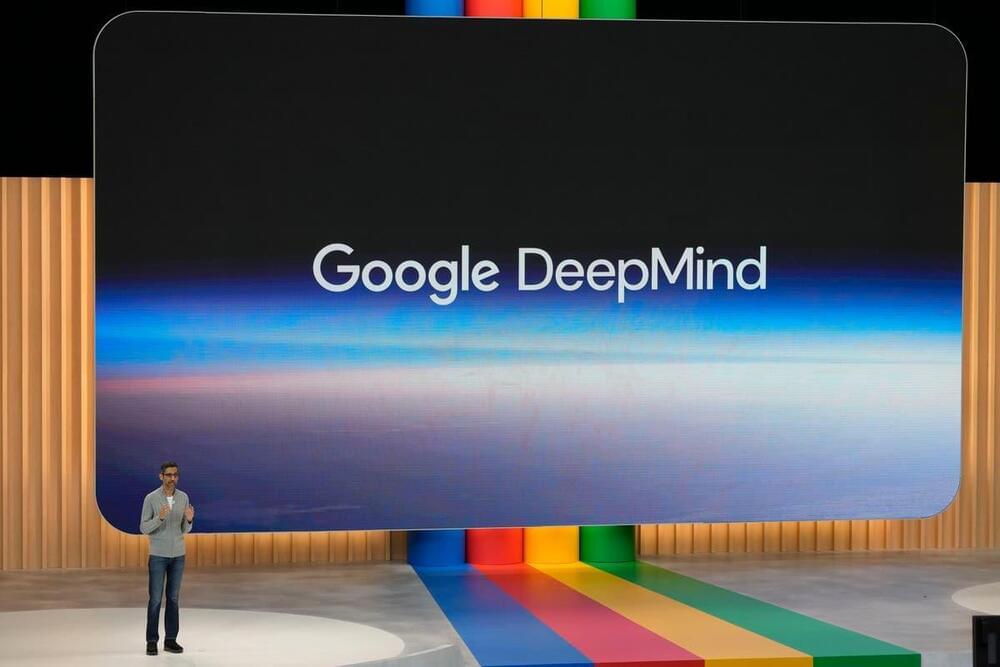
Google Deepmind says that a new artificial intelligence system has made a major breakthrough in one of the most difficult tests for AI.
The company says that it has created a new AI system that can solve geometry problems at the level of the very top high-school students.
Geometry is one of the oldest branches of mathematics, but has proven particularly difficult for AI systems to work with. It has been difficult to train them because of a lack of data, and succeeding requires building a system that can take on difficult logical challenges.
Should we colloquially call this ‘MS-DOS 11.0’?
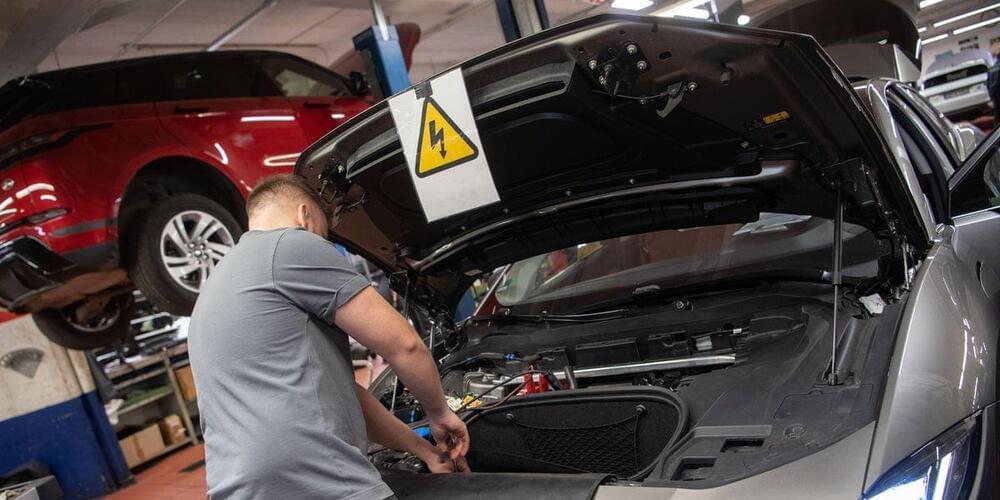
This includes familiar tasks such as rotating the tires, replacing various fluids, and changing out cabin air filters. There are also a number of EV-specific services that drivers of these battery-electric vehicles need to keep on top of.
The National Renewable Energy Laboratory of the United States predicts today’s EV batteries will have service lives between 12 and 15 years if used in moderate climates. This falls to between 8 and 12 years if regular use occurs in extreme environments.
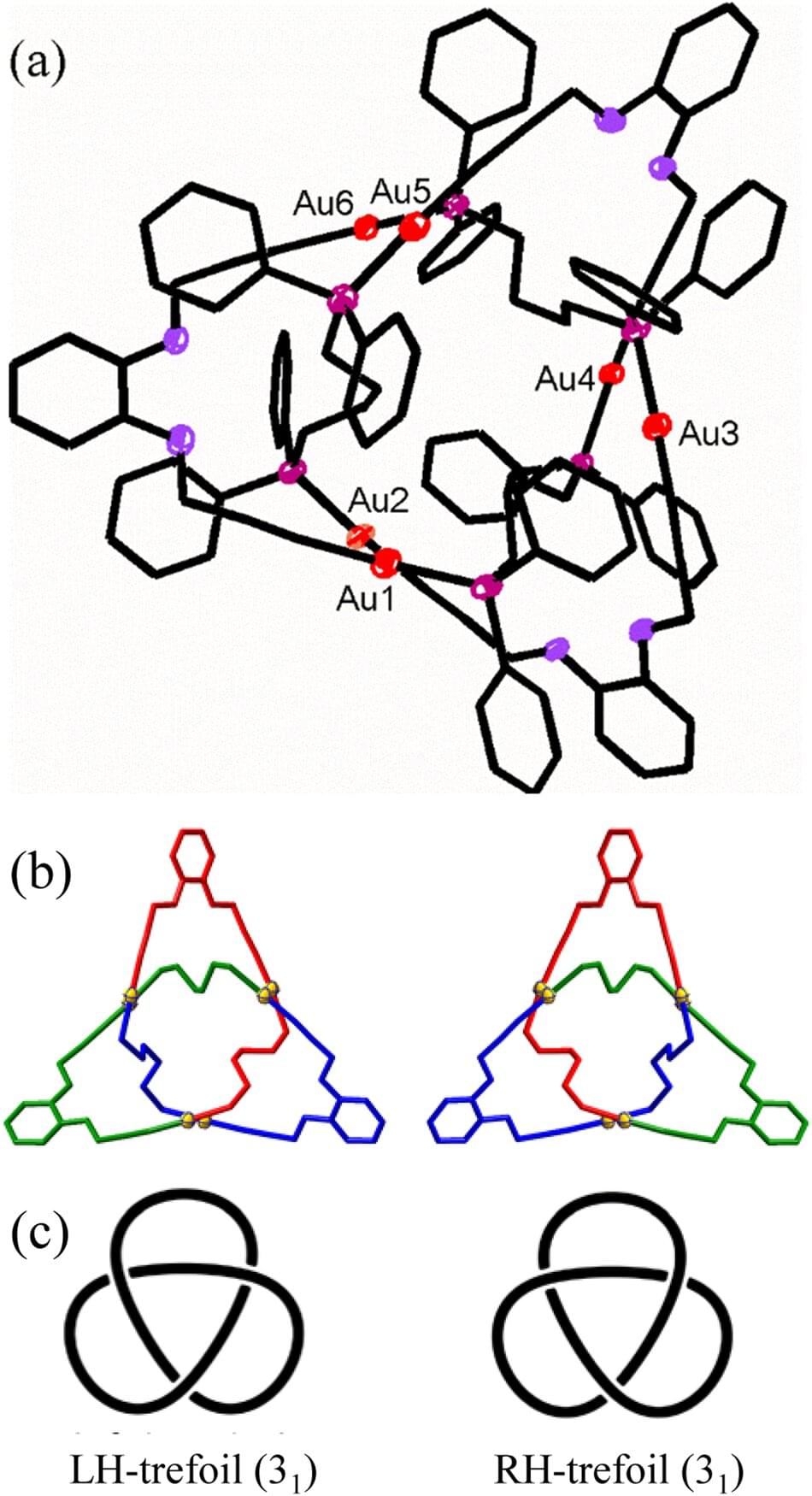
A trio of chemists at the Chinese Academy of Sciences’ Dalian Institute of Chemical Physics, working with a colleague from the University of Western Ontario, has tied the smallest knot ever, using just 54 atoms. In their study, published in the journal Nature Communications, Zhiwen Li, Jingjing Zhang, Gao Li and Richard Puddephatt accidentally tied the knot while trying to create metal acetylides in their lab.
The researchers were attempting to create types of alkynes called metal acetylides as a means to conduct other types of organic reactions. More specifically, they were attempting to connect carbon structures to gold acetylides—typically, such work results in the creation of simple chains of gold known as caternames.
But, unexpectedly, the result of one reaction created a chain that knotted itself into a trefoil knot with no loose ends. Trefoil knots are used in making pretzels and play a major role in knot theory. The researchers noted that the knot had a backbone crossing ratio (BCR) of 23. Knot BCRs are a measure of the strength of the knot. Most organic knots, the team notes, have a BCR somewhere between 27 and 33.
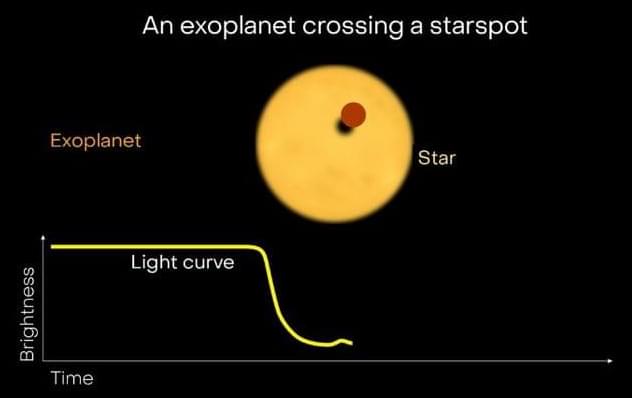
Led by researchers from Université de Montréal’s Trottier Institute for Research on Exoplanets (iREx), a team of astronomers has harnessed the power of the revolutionary James Webb Space Webb Telescope (JWST) to study the “hot Saturn” exoplanet HAT-P-18 b.
Their findings, published last month in the journal Monthly Notices of the Royal Astronomical Society, paint a complete picture of the HAT-P-18 b’s atmosphere while exploring the great challenge of distinguishing its atmospheric signals from the activity of its star.
HAT-P-18 b is located over 500 light-years away with a mass similar to Saturn’s but a size closer to that the larger planet Jupiter. As a result, the exoplanet has a “puffed-up” atmosphere that is especially ideal for analysis.
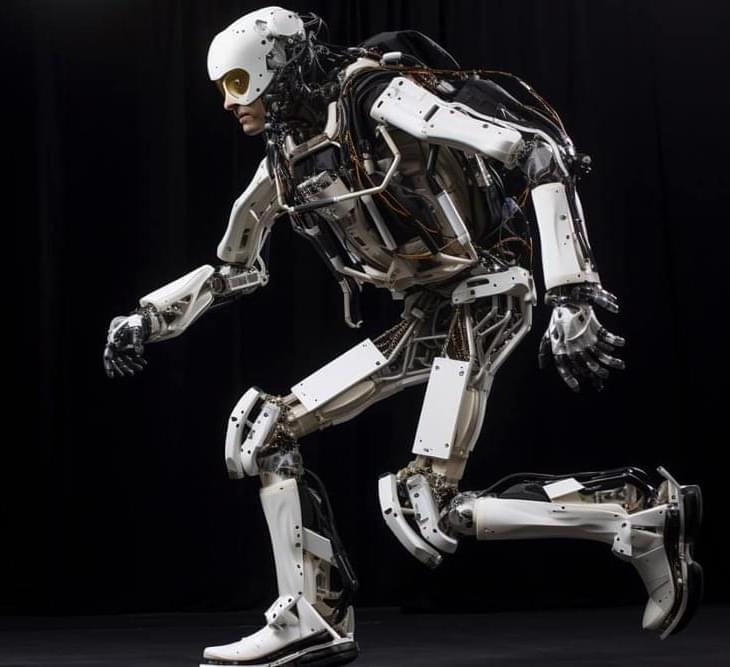
The article repeats itself a bit but there’s some good parts about an exoskeleton, advanced algorithm and bipedal robots and prosthetics. It’ll basically apply to those future industries.
We typically don’t think about it whilst doing it, but walking is a complicated task. Controlled by our nervous system, our bones, joints, muscles, tendons, ligaments and other connective tissues (i.e., the musculoskeletal system) must move in coordination and respond to unexpected changes or disturbances at varying speeds in a highly efficient manner. Replicating this in robotic technologies is no small feat.
Now, a research group from Tohoku University Graduate School of Engineering has replicated human-like variable speed walking using a musculoskeletal model – one steered by a reflex control method reflective of the human nervous system. This breakthrough in biomechanics and robotics sets a new benchmark in understanding human movement and paves the way for innovative robotic technologies.